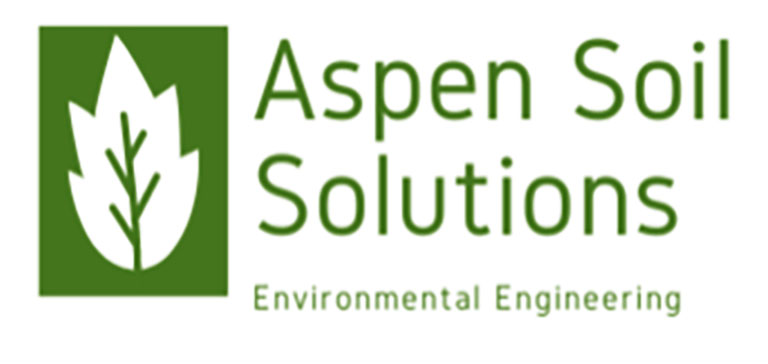Contaminant Migration Assessment
The primary pathways for offsite contaminant migration were determined to be overland flow and erosion during heavy monsoon rains by way of the washes in the area. Figure 1 shows the washes surrounding the site, delineated in purple. Since the tailing piles are relatively solid, the possibility for contaminant migration via dust entrainment really only exists during episodes of high wind. Offsite contaminant transport is occurring mostly to the south, east, and northeast, evidenced by site topography and the spatial distribution maps created. This is problematic since a private residence borders the east side of the site. In view of the human health and ecological risk assessment results, remediation efforts are recommended to prevent further opportunities for exposure to hazardous heavy metals. At minimum, containment measures should be employed to minimize offsite contaminant migration.

Figure 1. Map of washes near the Olivette Mine site
